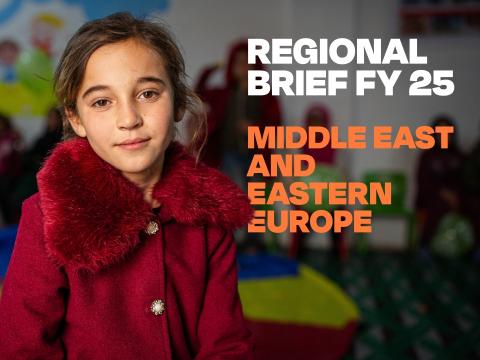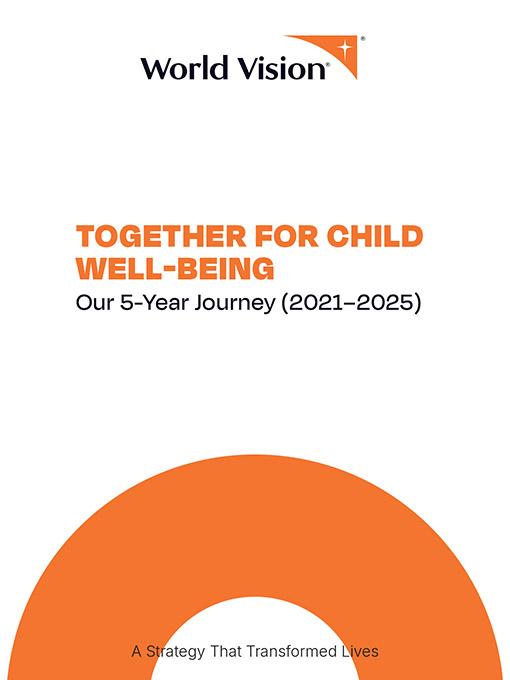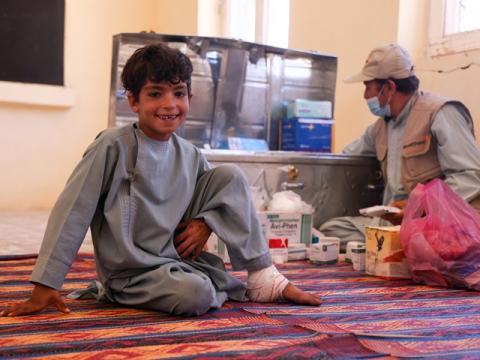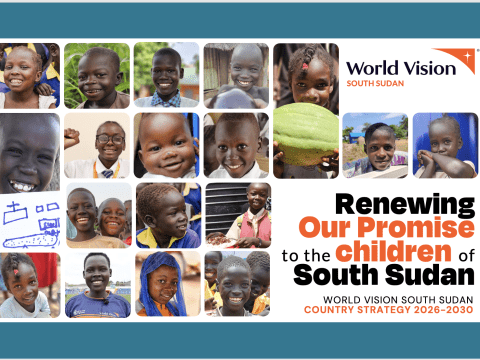Timed and Targeted Counseling
Download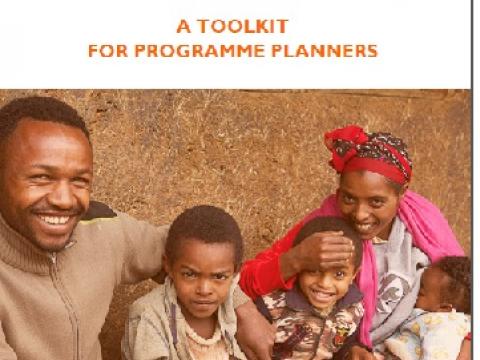
PURPOSE OF THE GUIDE
World Vision’s Timed and Targeted Counselling (ttC) Project Model for community-based volunteers (CBVs), groups and community health workers (CHWs) is now a core model for maternal, newborn and child health (MNCH) programming. It is designed to promote healthy practices at the level of individuals and their immediate families through a scheme of home visits using storytelling, negotiation and dialogue counselling methods, based on the Home-Based Life-Saving Skills1 method. The ttC was developed to align with World Vision’s 7-11 strategy, which seeks to strengthen and consolidate our health programming through a package of high-impact interventions to improve child well-being, including seven interventions during pregnancy and 11 interventions for the child up to 2 years of age, delivered in an integrated lifecycle approach. World Vision’s ‘Core ttC Curriculum’ published alongside this toolkit, offers a starting place for a generic system of training a selected cadre of ttC home visitors or CHWs, which can be adapted to diverse country contexts and local needs.
The ttC model is currently being adapted for use in 20 countries worldwide. We have learnt that there is a gap in the guidance, adaptation and planning as to how to adapt ttC using local materials and how to integrate it into existing community health programming as well as within a country’s existing health and community system. ‘ttC: A Toolkit for Programme Planners’ seeks to bridge that gap by providing an in-depth introduction to the methodology and presenting a range of tools for planning, quality assurance and design.
WHO IS THE TOOLKIT FOR?
This Toolkit is intended for World Vision national offices (NOs) that are going through the design, adaptation, planning and scale-up of ttC programmes. It can be used by programme planners, health technical specialists, subject matter experts, consultants and regional advisors who support ttC. It can also be used as orientation material for government and stakeholders when conducting national planning workshops to orient them on the methodology of ttC and decision-making processes.
WHAT IS COVERED IN THIS TOOLKIT?
This document provides a description and strategic framework, background information and justification for the ttC project model, as well as operational guidance for NO-level staff and partners at a country level for decision making related to local context adaptation and scale-up.
• Situating the ttC model within the overall health-sector 7-11 programming, and within Area Development Programmes (ADPs) Development Approach Programming (Part 1, section 1.1)
• Justify and explain the use of the timed and targeted approach as an alternative to classic health-promotion delivery methods conducted by community home visitors and CHWs, and describe the core components of the ttC model and its methodology (Part 1, Section 1.2)
• A strategic framework for ttC model implementation including a sample log frame, which may be used for ADP Learning through Evaluation, Assessment and Planning (LEAP) purposes as well as for grant proposal writing (Part 1, Section 1.3)
• Detailing the core ttC curriculum and the sources of its technical content. (Part 1, Section 1.4)
• Minimum standards applied and evaluated during ttC implementation and design, CHW programming standards and principles that may shape CHW programming (Part 2)
• Outline of the processes involved in preparing NOs for ttC implementation (Part 3), adaptation of the model to your country context and building capacity of health technical staff, and to provide practical guidance for the preparation (Parts 4 and 7)
• Outline how ttC integrates with different project models, particularly individual-level models (Part 5).
In Appendix 1, you will find the ttC Toolkit itself with links to current online documents and a description of each. These materials can be found on WV internal site www.wvcentral.org or are available on request from sarah.crass@wvi.org or at health@wvi.org
